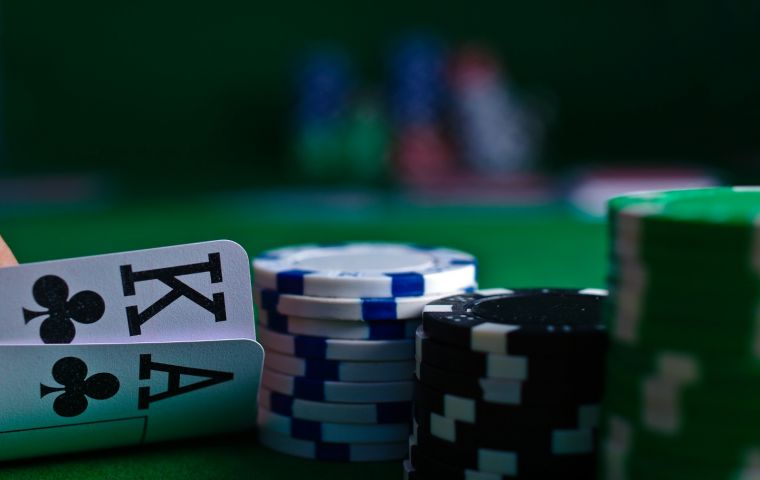MercoPress. South Atlantic News Agency
The art of bluffing in Poker
 Photo: Unsplash
Photo: Unsplash Anyone who has ever played Poker knows that it’s as much a “game of skill” as it is of luck. That’s because there’s no way to win it without using a good mix of strategy, psychology, and, of course, holding Lady Luck’s hand. Those who are exceptionally great at this game, however, have mastered one thing– the art of bluffing. Mastering this mind game is essential and often separates the amateurs from the veterans.
So, what is bluffing? Bluffing in poker, as the term would imply, is an act of making bets or raises with a weak hand, hoping to induce opponents with stronger hands to fold. At its very core, bluffing is about manipulating the opponent’s perception. The reason bluffing is hard to pull off is because it involves understanding your opponent’s tendencies, patterns, and assessing the risk-reward ratio.
Key elements of bluffing you have to master:
1. Timing
In Poker, bluffing at the right time means everything and often determines who wins and who loses. Effective bluffing needs a keen sense of timing and situation. Bluffing early in a hand when there are still many players involved is risky, as there’s always a chance someone has a strong hand. But bluffing in late-game can yield results, especially when only a few players remain. This, of course, is not a rule you need to adhere to strictly.
2. Power of observation
Paying attention to your opponent’s behavior and tendencies can provide valuable clues about their hand strength. You need to get good at their betting patterns, body language, and how they react in different situations. Those who are nervous or hesitate before making a decision may be bluffing, while those who show extreme confidence might have a strong hand. By carefully analyzing and observing these cues, you can increase the odds of a successful bluff.
3. Table image
Your table image plays a major role in deciding whether your bluffs are successful or not. If you’ve been playing conservatively throughout the game, your opponents are more likely to believe that you’ve got a stronger hand when you actually do decide to bluff. On the other hand, if you’ve been playing loose and aggressive, your bluffs may not be as convincing. Your ability to maintain a balanced table holds the key to effective bluffing.
4. Bet size
The size of your bet can also influence whether your opponents buy your bluff. A small bet might not be good enough to scare off opponents, while a bet that’s too large may be too risky if your bluff gets called. It goes without saying that your bet should be large enough to make it unreasonable or unprofitable for opponents to call with weaker hands but not so large that your stack gets put at risk if you’re called.
5. Knowing when to fold
And finally, knowing when to fold and cut your losses is just as important as knowing when to bluff. If your bluff gets caught and you have a weak hand, don’t let your ego get in the way and accept the loss gracefully. There’s always the next hand waiting for you to play. And for the best Poker experience, the guys at Sbotop will be able to teach you more tips and tricks on how to get better at the game.




Top Comments
Disclaimer & comment rulesCommenting for this story is now closed.
If you have a Facebook account, become a fan and comment on our Facebook Page!